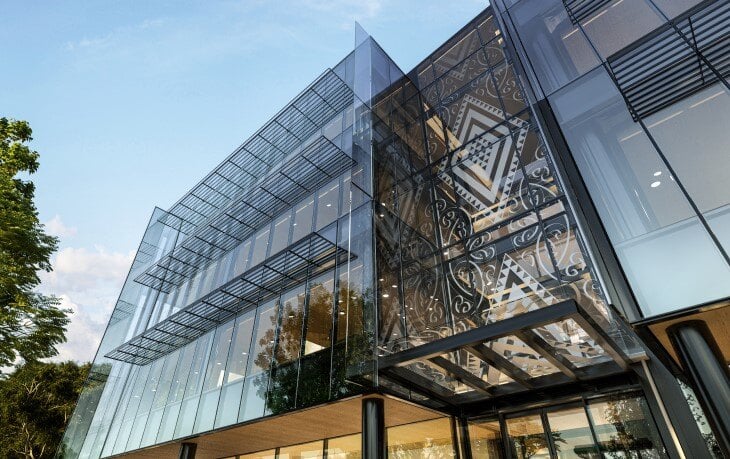Earlier this month, the United Nations’ key climate science outfit warned that there must be ‘rapid, deep and immediate’ cuts in carbon pollution.
The warning came in a major international report, worked on by thousands of scientists. And it could well be the last warning for us to tackle carbon pollution, slash emissions, and prevent some of the worst effects of global heating. “It’s now or never” the UN scientists urged. Collectively, we either act now to make deep cuts in warming pollution, or we’ll miss a rapidly closing window to keep temperatures in check.
The report showed the crucial role our buildings and cities can and must play in driving down pollution. All our buildings – those here and those yet to be built – can massively slash emissions if ambitious policy packages are put in place. Any lack of ambition will lock in carbon polluting homes and buildings for decades.
We’ll be doing all we can, working alongside you, to get carbon out of our homes and buildings, in a number of ways.
One key way we’ll be doing that is through Green Star. Specifically, and thanks to the advice and feedback provided by many of you during our recent consultation, we’ll be ensuring that Green Star has a greater, and growing, focus on cutting embodied carbon – the pollution spewed into the air when making and manufacturing building materials and products.
In collaboration with members, stakeholders and experts, we are making Green Star even better.
This week we’re going live with the latest version of Green Star Design & As Built and Green Star Interiors with a greater focus on embodied carbon and helping the journey to a greener, healthier Aotearoa.
This version is an important milestone on the path to the ambitious and hugely necessary Green Star Buildings, which is where Green Star is heading.
The updated version of Green Star is a major step forward. It provides a common template for measuring embodied carbon in a robust way and will help to prepare for coming regulations in the building code.
Until now, the construction sector has not had an agreement on the parameters for measuring embodied carbon, which makes up nine percent of New Zealand’s total carbon emissions. We are really proud of the work undertaken, which is the cumulation of deep analysis of what overseas jurisdictions are doing, guidance from the World GBC, consideration of the latest science of biogenic methane and many discussions with the supply chain, engineers, architects and others over the last year.
Major developers such as Kiwi Property, Mansons TCLM, Argosy, Goodman Property Group and many more are building to Green Star. Green bonds are providing incentives for more to get on board and invest in green buildings, and most recently the government has announced public building projects will be required to build to 5 Green Star standards from 1 April 2022 on for those worth $25 million or more. Government buildings with a capital value of over $9 million will have the same requirement from 1 April 2023.
Hundreds of buildings have been registered and certified under Green Star and dozens more are being added every year. It has helped projects slash waste to landfills, choose better materials and systems, and create spaces that better serve the environment and people.
The team at the Green Building Council who oversee and run Green Star is proud that thousands of Kiwi are now thriving in productive, healthier, more efficient places.
Ngā mihi
Andrew



